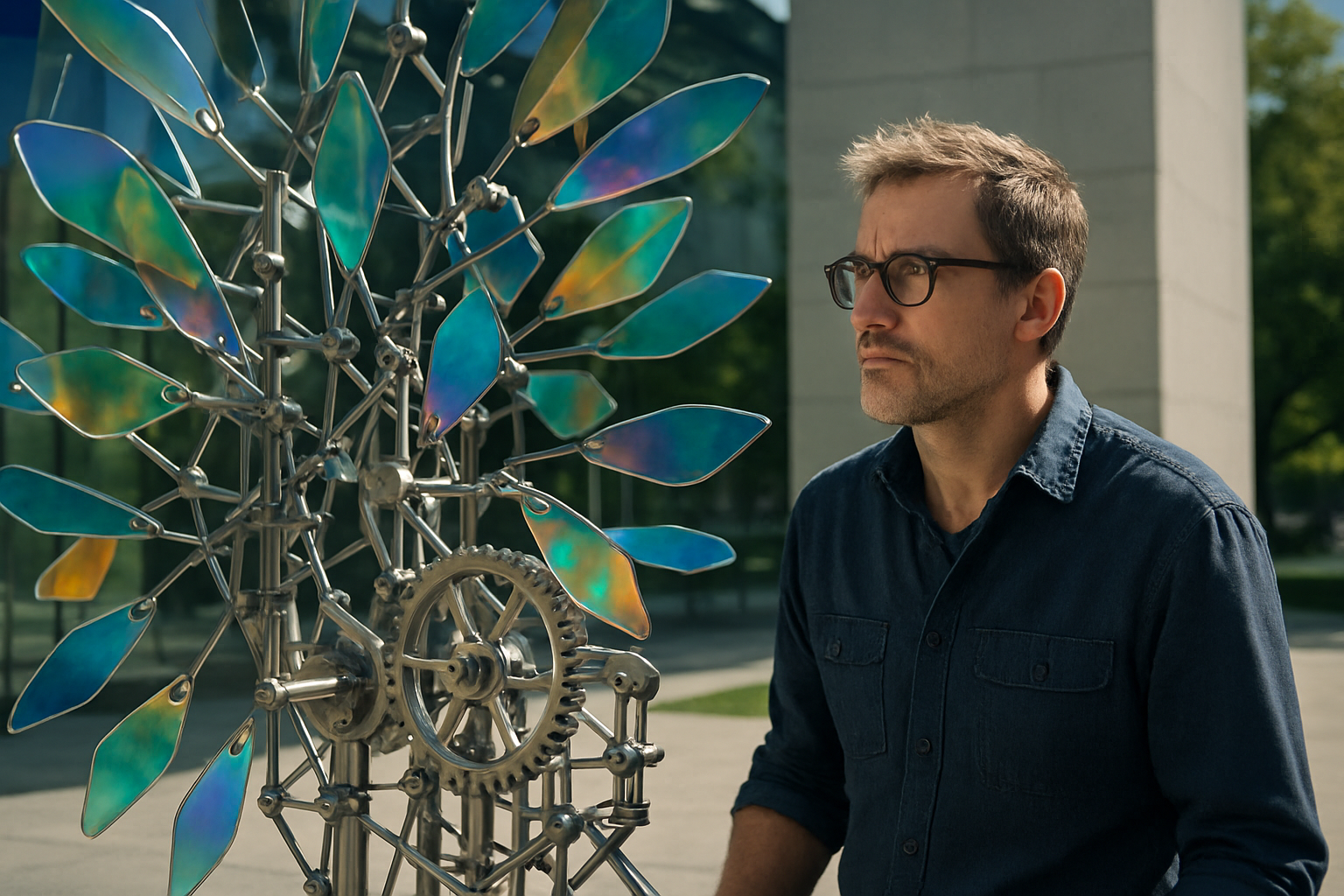Kinetic Sculptures: The Art of Motion
In the realm of contemporary art, kinetic sculptures stand as vibrant testaments to the fusion of artistry and engineering. These mesmerizing creations, which harness motion as a fundamental element, challenge our perceptions and redefine the boundaries of static art forms. From delicate mobiles that dance with the slightest breeze to massive, motorized installations that command attention, kinetic sculptures captivate audiences worldwide with their blend of visual appeal and mechanical ingenuity.

Technological Advancements Fueling Creativity
As technology has evolved, so too has the complexity and scope of kinetic sculptures. Modern artists now have access to an array of materials and mechanisms that their predecessors could only dream of. Computer-controlled motors, sophisticated sensors, and even artificial intelligence are being integrated into kinetic works, allowing for unprecedented levels of interactivity and precision. This technological renaissance has opened up new avenues for artistic exploration, enabling creators to push the boundaries of what’s possible in motion-based art.
The Intersection of Art and Science
One of the most fascinating aspects of kinetic sculpture is its ability to bridge the gap between art and science. Many kinetic artists collaborate closely with engineers, physicists, and programmers to bring their visions to life. This interdisciplinary approach not only results in more sophisticated and reliable artworks but also fosters a unique dialogue between traditionally separate fields. The result is a body of work that challenges viewers to consider the beauty inherent in scientific principles and the precision required in artistic execution.
Environmental Interaction and Sustainability
A growing trend in kinetic sculpture is the integration of environmental elements into the artwork’s motion. Wind-powered sculptures, for instance, respond to natural air currents, creating ever-changing displays that reflect the surrounding ecosystem. Some artists are taking this concept further by designing kinetic installations that generate renewable energy or raise awareness about environmental issues. These eco-conscious creations demonstrate how art can not only comment on societal concerns but also actively contribute to solutions.
The Global Impact of Kinetic Art
Kinetic sculptures have found homes in public spaces, museums, and private collections around the world. Their ability to engage viewers on multiple levels—visually, intellectually, and emotionally—has made them popular choices for large-scale public art projects. Cities increasingly recognize the value of kinetic sculptures in creating vibrant, interactive urban environments that encourage community engagement and tourism. From the bustling streets of New York to the serene gardens of Japan, kinetic art is leaving its mark on the global cultural landscape.
Challenges and Future Directions
Despite its growing popularity, kinetic sculpture faces unique challenges. Maintenance and durability are ongoing concerns, particularly for outdoor installations exposed to the elements. Additionally, the complexity of some pieces can lead to technical difficulties that disrupt the intended experience. However, these challenges are driving innovation in materials science and engineering, spurring the development of more resilient and reliable mechanisms. As technology continues to advance, we can expect to see even more ambitious and awe-inspiring kinetic sculptures that blur the lines between art, technology, and interactive experience.




